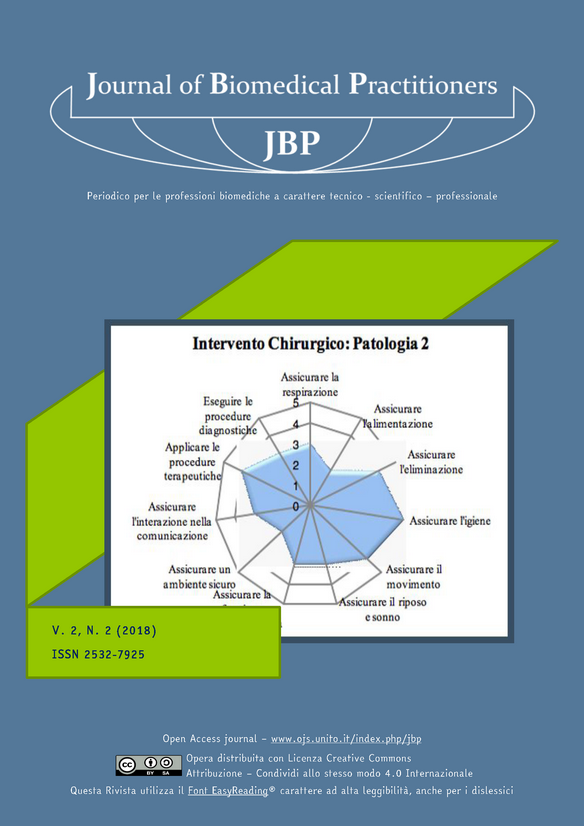Morphometry: a tool for anatomical structures classification applied to forensic identification
Main Article Content
Abstract
Purpose
In forensic sciences, we need to objectify the identity attribution criteria that lead to recognize a subject believed guilty of a crime or to exonerate him. Making recognition objective means being able to use proven methods and methodologies that, with analytical responses, could overcome the limit of testimonial evidence, potentially subject to perceptual distortions and false memories.
Materials and methods
The extraction from digital images of semantic information related to shapes, takes place through operations of segmentation, binarization, but above all through representation and description, using mathematical/geometrical methods and with the aid of appropriate algorithms that automate the extraction, the analysis and the comparison of information.
Results
Starting from the classical methods for the representation and description of shapes, it is possible to determine robust face descriptors with respect to rotation-scaling-translation transformations; the same methods are extensible to all the areas in which can be useful the comparison of forms relative to the human body, where is possible to identify appropriate points of reference and descriptors.
Conclusions
Thanks to the use of robust facial descriptors, we can enhance the compatibility assessment in the identity attribution of subjects, evaluation that makes use of objective and irrefutable elements. The same criteria are potentially extensible to different areas in which a biometric comparison of images is useful.Downloads
Article Details
The authors agree to transfer the right of their publication to the Journal, simultaneously licensed under a Creative Commons License - Attribution that allows others to share the work indicating intellectual authorship and the first publication in this magazine.

